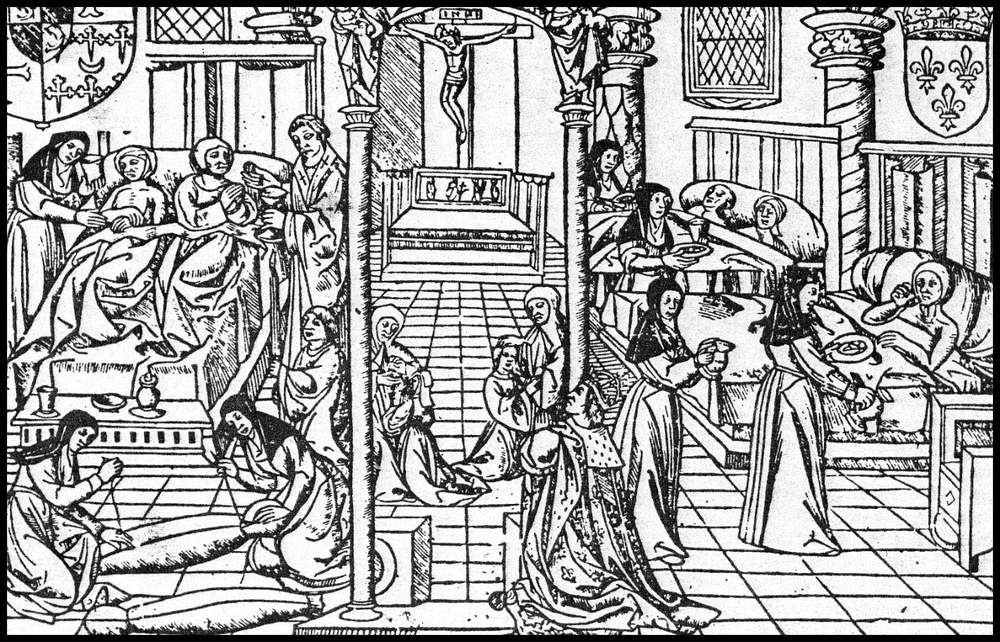The bed - a central place in the hospital: The patients lie in their beds. Doctors and nurses also treat the sick there. For centuries, however, people did not cure themselves in hospitals, but at home in box-like wooden beds. It was not until the 19th century that the modern clinic was built as a sanatorium. This is accompanied by the development of a special hospital bed. Increased hygiene measures and new manufacturing processes favor the establishment of new metal furniture. These will soon be seen as signs of progress.
hygienic - rollable - good
By 1900, the industrially manufactured metal beds were already in every hospital. They are easy to clean and therefore meet hygienic standards. They are also mobile thanks to castors. A footboard prevents the patient from slipping out of bed. The nursing staff can change the patient’s position with an adjustable backrest. First of all, different manufacturers produce different beds. In order to make maintenance more efficient and cost-effective, hospitals made efforts from 1920 to standardize furniture.
Beds just in case
The catalogue of the Bernese company Schaerer AG from 1927 shows interesting custom-made products. Hospital beds already reflected the increasing specialization of medicine in the early 20th century. A bed for giving birth can be divided in the middle and is equipped with foot rests. A chamber pot is integrated into a bed for severely weakened and paralyzed patients. The beds in psychiatry are used to monitor patients: there is no escape from the advertised “protective bed for the madman”.
Comfortable machines
In the second half of the 20th century, beds became more and more mobile and developed into multifunctional machines. They can of course be pushed through the aisles on rollers, are continuously adjustable, work with waterproof motors and are equipped with entertainment systems. The design and comfort are also increasingly coming into focus – the beds should not only work, but also contribute to a pleasant atmosphere.













































